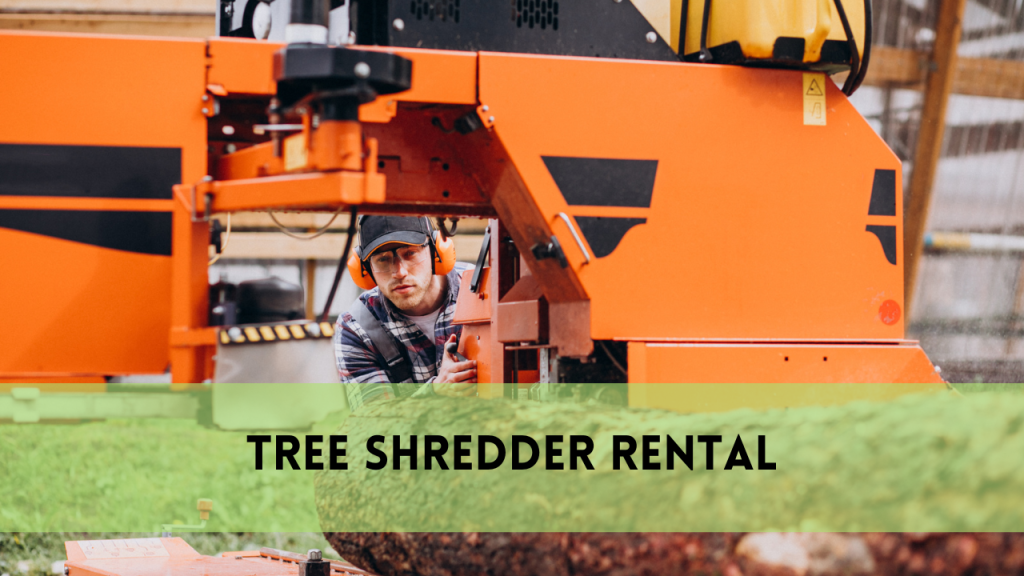Remove seed pods from palm trees
Palm trees are renowned emblems of tropical settings, gracing beaches and gardens with their particular elegance and lush green fronds. However, as gorgeous as they are, palm trees generate seed pods that can clutter the tree’s appearance and pose significant problems when they fall to the ground. In this post, we will look at practical ways for removing seed pods from palm trees, maintaining both their aesthetic appeal and safety in your outdoor environments. Whether you’re a homeowner wishing to maintain your palm trees or a landscaper looking for professional advice, this thorough guide will give you the knowledge and skills you need to keep your palm trees healthy and visually appealing. Learn How to remove seed pods from palm trees?
Why removing seed pods is important
Aesthetic Appeal: Seed pods on palm trees can amass, providing a cluttered and untidy appearance. This can detract from the overall beauty of the tree and the surrounding area. By removing these pods, you can keep your palm trees and outdoor spaces looking clean and well-kept.
Safety: As seed pods expand and ripen, they can become heavy and dangerous. When they fall from the tree, they can injure pets and cause property damage. Removing seed pods reduces these threats and makes the ecosystem safer tree health
Allowing seed pods to gather on palm trees can drain critical nutrients and energy away from other growth processes. Regular removal allows the tree to better utilize its resources, fostering healthier growth and overall vitality.
Pest and disease prevention: Decomposing seed pods may attract insects and serve as breeding grounds for fungus and diseases that can harm the palm tree. By removing the pods, you limit the chance of pests and diseases, which helps the tree’s long-term health.
Improve fruit production: For some palm tree species that produce edible fruits, removing seed pods might increase fruit production. This helps you reap a larger harvest of delectable palm fruits.
When is the best time to remove seed pods?
When They Are Mature but Before They Fall: Seed pods typically take several months to mature after flowering. The ideal time to remove them is just before they naturally fall from the tree. This ensures that you collect them before they become a litter or safety hazard.
Late Spring to Early Summer: Many palm species tend to produce seed pods in the late spring or early summer. Monitor your palm tree during this period for the appearance of seed pods. As soon as they mature and turn from green to a more mature color (which varies by species but is often brown or black), it’s a good time to consider removal.
Periodic Inspection: Regularly inspect your palm tree for the presence of mature seed pods. This may vary depending on the growth rate of your specific palm species and local climate conditions. Some palms produce seed pods annually, while others do so less frequently.
For aesthetic reasons: If your primary goal is to maintain the palm tree’s aesthetic appeal, you can remove seed pods as soon as they begin to form or while they are still green. This prevents them from accumulating and keeps the tree looking clean.
For Fruit Production: If you have a palm species that produces edible fruits, the timing for removing seed pods may vary. In some cases, you may want to leave them on the tree until you’re ready to harvest the fruits.
How to remove seed pods from palm trees:
Removing seed pods from palm trees can be a straightforward process, but it may require some effort, especially for taller trees. Here are the steps to remove seed pods from palm trees:
Tools and materials needed:
- Ladder (if necessary)
- Pruning shears or a saw
- Gloves
- Safety goggles (optional, for eye protection)
- Collection bag or container
Wear gloves and protective eyewear before you begin to protect yourself from any sharp or prickly portions of the palm tree.
Ascertain which branches or fronds contain seed pods. Seed pods are normally found near the top of the tree; however, this varies by palm species.
Check the ripeness of the seed pods. Mature seed pods frequently change color, becoming brown or dry. If the pods are green and plump, they are probably not ready to be removed.
For this work, you’ll need a long-handled pruning saw, a pair of pruning shears, and a ladder (if the seed pods are high up).
Carefully clip the seed pods from the tree with a pruning saw or pruning shears. Cut the seed pod as close to the root as possible without injuring the branch or frond from which it is growing. Avoid harming the palm tree by being gentle.
Place each seed pod in a container or bag for disposal as you remove it. Leave the seed pods alone, as they might attract pests and make a mess in your garden.
You can dispose of the seed pods in your green waste bin, compost them (if they are not too huge), or transport them to a local composting facility, depending on local rules and the size of the seed pods.
Clean up any debris or fronds that may have fallen throughout the process once you’ve extracted all of the seed pods. This contributes to the overall beauty of your palm tree.
Check your palm tree for fresh seed pods on a regular basis, as certain kinds generate them all the time. Repeat the removal procedure as necessary.
Related Posts:
How to chemically remove seed pods?
It is feasible to remove seed pods from palm trees using chemicals, but this should be done with caution and in accordance with adequate safety recommendations. Here’s how to remove seed pods using a chemical method:
Herbicide
Choose an herbicide that is formulated specifically for woody plants or broadleaf weeds. Herbicides based on glyphosate are frequently successful in this application. Make certain that it is listed as safe for use on palm plants.
Always read and follow the herbicide label’s manufacturer’s directions. This will provide crucial information on dilution ratios, application rates, and safety precautions. To minimize the spread of pesticides into other plants or soil, wrap plastic sheeting or a tarp over the base of the palm tree. Mix the herbicide according to the directions on the label. Some herbicides are concentrated and must be diluted with water.
Apply the diluted herbicide to the seed pods evenly with the sprayer. Avoid spraying the herbicide on other sections of the palm tree, as this can kill the tree. Concentrate on removing the seed pods. The herbicide may take some time to work and for the seed pods to die and separate from the tree. Follow the waiting period stated on the herbicide label.
How do I safely remove seed pods from my palm tree?
To safely remove seed pods from a palm tree, follow these steps: Wear protective gear, identify mature seed pods, use pruning tools, collect and dispose of the pods properly, and maintain regular inspections.
Can I use chemicals to remove seed pods from palm trees?
Yes, you can use herbicides specifically designed for woody plants, but it should be done with caution, following all safety guidelines and manufacturer instructions.
When is the best time to remove seed pods from palm trees?
It’s best to remove seed pods during the growing season when the palm tree is actively growing. Avoid extreme weather conditions for herbicide application.
Conclusion
Removing seed pods from palm trees can enhance their aesthetic appeal and prevent potential messes. Whether you opt for manual or chemical methods, prioritizing safety and the well-being of your palm tree is essential. Regular maintenance and monitoring ensure your palm tree stays healthy and free from unsightly seed pods.




